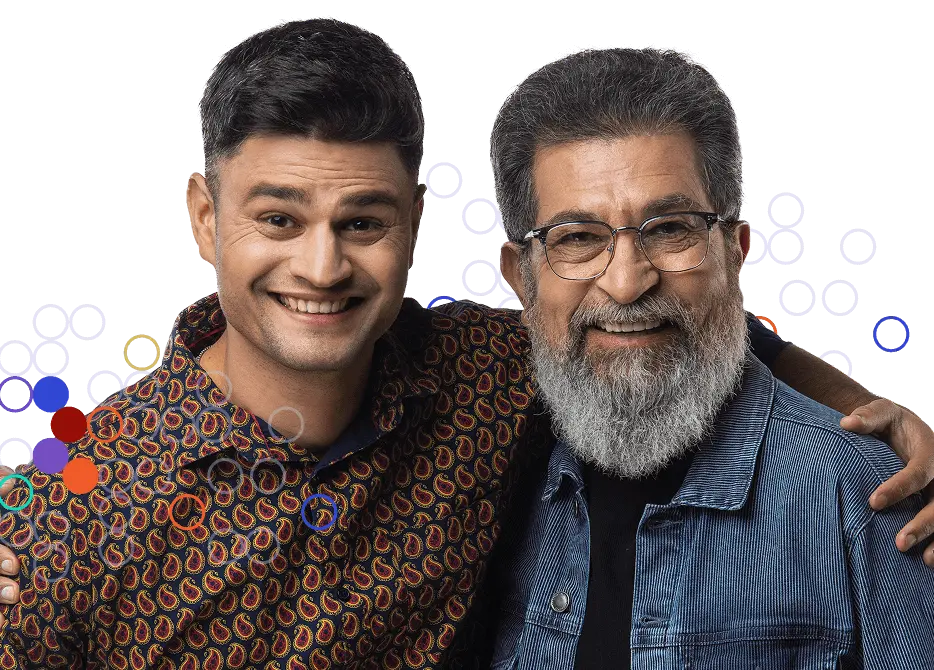Cancer is a devastating disease that affects individuals and families across all nations and communities. Advancing toward a future where cancer is defeated requires addressing the disparities that disproportionately impact underrepresented groups, including ethnic minorities and those facing socioeconomic challenges. The vision is a world where everyone, regardless of their background, has access to life-saving cancer solutions.
Several Cancer Research Institute (CRI) funded scientists have provided critical insight that can help address the access and outcome gap for cancer patients who live in rural and remote areas. While cancer immunotherapy can treat more cancers than ever before, 14 states are without a single National Institutes of Health (NIH) affiliated cancer center, which affects physical access to cancer treatment for millions of people. Addressing disparities is a multipronged task because of geographic, economic, and cultural issues that create barriers to cancer immunotherapy treatment.
Fostering collaborations with local healthcare providers and providing information through trusted and respected channels within each community can help bridge the gap in healthcare disparities and improve outcomes in underserved regions.
–Iliyan Iliev, PhD, CRI Lloyd J. Old STAR
Barriers to Care
Several factors can create difficulties in bringing cancer immunotherapy access and treatment to rural and remote communities. A non-exhaustive list of barriers to care includes:
- Geographic distance from quality care. In some cases, remote communities can be a several hours drive from the nearest oncologist, not to mention a hospital that can provide cancer immunotherapy treatment.
- Economic disparity. Many more rural states experience a higher rate of economic inequality, which makes quality healthcare a barrier for many people in these areas.
- Workforce shortages in the healthcare industry. September 2024 data from the Rural Health Information Hub, which is funded by the Federal Office of Rural Health Policy, showed over two-thirds of U.S. counties with primary care shortages are rural.
- Transportation issues. In addition to distance from care, a lack of public transportation options from remote areas to urban and university hospitals are few or sometimes nonexistent.
- Lack of insurance options and more uninsured people. According to a 2022-2023 report co-authored by the Urban Institute and the Robert Wood Johnson Foundation, rural areas tend to have fewer insurance options. This lack of competition leads to higher premiums, which makes these insurance plans financially unfeasible for more people.
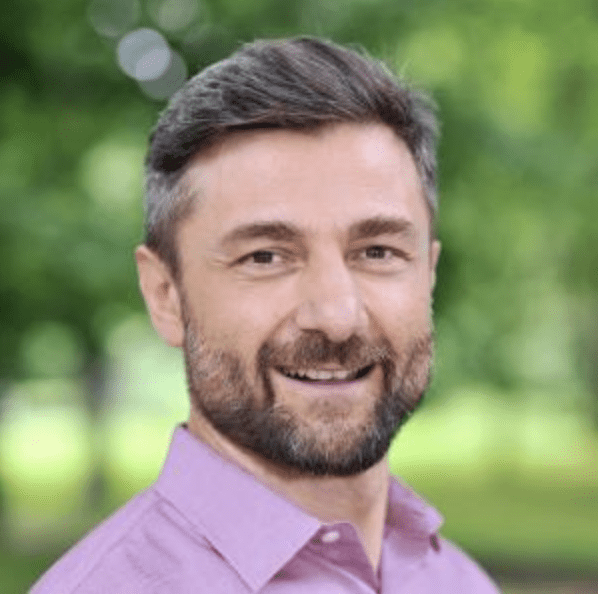
These are broad socioeconomic issues that cannot be solved overnight. However, CRI-funded scientists who have worked with rural and remote communities have ideas about how to alleviate some of these burdens. Iliyan Iliev, PhD, associate professor of microbiology, co-director of the Microbiome Core laboratory at Weill Cornell Medicine, and CRI Lloyd J. Old STAR, engaged in a detailed conversation with CRI about rural disparities with cancer immunotherapy treatment.
Dr. Iliev said the healthcare community can lean on modern technology to overcome some of the barriers to care in rural areas.
“Providers can leverage telemedicine and virtual consultations to allow rural and remote patients to access oncologists and cancer specialists for the initial visit without the need for travel,” he explained. “Equally important is expanding the use of mobile health units and partnering with local healthcare providers to bring cancer immunotherapy treatments and diagnostic tools directly to remote areas.”
Other CRI-funded scientists echoed Dr. Iliev’s assessment that mobile health units and telemedicine can help improve access to treatment and cancer outcomes for patients in rural areas. Amanda Lund, PhD, director of the PhD Curriculum Vilcek Institute, associate professor in the Ronald O. Perelman Department of Dermatology and the department of pathology at the NYU Grossman School of Medicine, is a CRI Lloyd J. Old STAR with a research focus in metastatic melanoma. Dr. Lund said local professionals and authorities can help keep their communities informed.
“Local health providers and other professional service providers, for example hairdressers and barbers, and community leaders can be educated to help with outreach. They can also communicate known cancer risks,” she stated. Additionally, Dr. Lund said people in rural areas might face additional healthcare burdens that should be considered. “We also need to create reasonable pathways to care that acknowledge disparities in insurance coverage, access to dependent care that allows for long-distance travel, and food scarcity.”
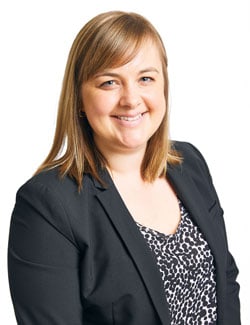
CRI Lloyd J. Old STAR
CRI scientists agreed that the healthcare industry’s changing landscape can help address access to care. Peter Fecci, MD, PhD, member of the Duke Cancer Institute, professor of neurosurgery and pathology, associate professor of biomedical engineering and integrative immunobiology at Duke University and CRI Arash Ferdowsi Lloyd J. Old STAR, expressed that institutional changes in healthcare could further help improve cancer outcomes for patients in rural communities.
“Smaller practices are frequently being ‘absorbed’ by larger institutions, which then in theory establishes stronger referral lines. However, proximity to any health care remains a challenge,” Dr. Fecci explained. “There are interesting trends in medicine where large companies are entering the primary care market and may offer health care at places like Walmart, for instance.” He stressed that staying abreast or even ahead of maturing trends like virtual care can help reach patients efficiently.
Information Access and Trust
Everyone has differing access to information about cancer immunotherapy research. Further, not everyone digests information the same way. A May 2024 Pew Research Center report highlighted how Americans broadly trust local media, a staunch contrast in comparison to an October 2024 Gallup poll highlighting distrust in national media.
Dr. Iliev has studied and worked in multiple countries during his scientific career. He told CRI that communicating scientific information through trusted channels with specific communities is the path forward.
“We learned many lessons during the COVID pandemic about how information regarding preventive and lifesaving treatments could be either embraced or met with skepticism,” Dr. Iliev told CRI. “Throughout my career, I have lived in several countries and in different communities. The same information will resonate differently in different communities, and we must respect that when disseminating information.”
His point about access to and trust of information is extremely important. The Annenberg Public Policy Center at the University of Pennsylvania released a survey in August 2024 that showed more than one in four Americans falsely believe the COVID vaccine has killed thousands. To be clear, these falsehoods are not isolated to rural areas, but their prevalence speaks to the importance of sharing scientific information with an emphasis on establishing trust. Dr. Lund echoed a similar sentiment when she said the scientific community should focus on transparent communication with people in rural areas.
“We have an obligation to inform and share progress made scientifically in an accessible format,” Dr. Lund explained. “For rural communities, this means more outreach to schools, local doctors, and special interest groups to educate and increase awareness outside of major urban centers.”
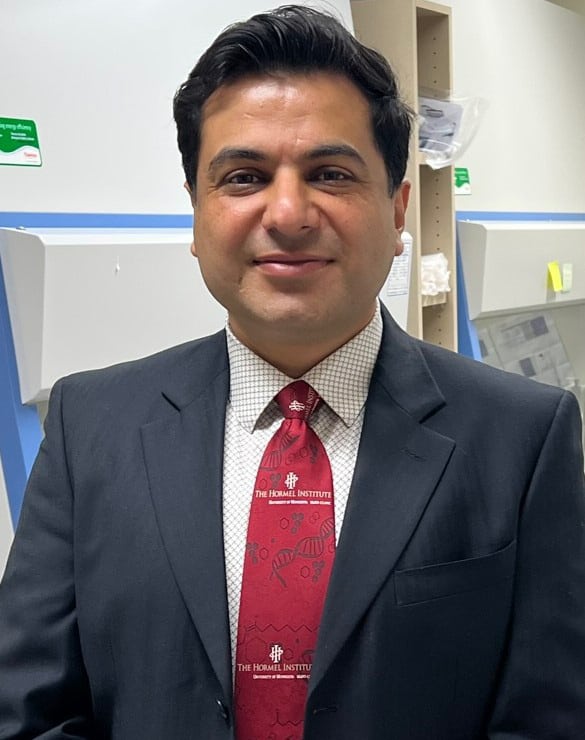
CRI CLIP Investigator
Dr. Lund’s comment about presenting scientific information in a way that is accessible is warranted—2019 data from the National Center for Education Statistics states that one in five American adults exhibit a low literacy rate. This is not exclusive to certain states, rural communities, or other qualifiers, but highlights a broader need to communicate science in a way that can help all communities. Vivek Verma, PhD, principal investigator at the Hormel Institute, assistant professor at the University of Minnesota, and CRI CLIP Investigator, said that non-scientific community members and researchers alike both have roles in communicating healthy habits that can reduce the risk of cancer.
“Non-scientific members of the community may be educated about the common practices that may help in preventing cancer or may enhance therapeutic reach post-treatment,” Dr. Verma stated, and specifically mentioned the role of a balanced diet, limiting exposure to sunlight and using sunscreen, and the role of vaccines in cancer prevention. “Cancer researchers and immunologists can work with local health authorities tailoring research to address rural health disparities, and expand access to innovative cancer treatments like immunotherapy, especially through encouraging rural communities to participate in clinical trials.”
Higher Risk for Certain Cancers
Cancer does not occur for a single reason—genetic, environmental, and behavioral factors can all lead to cancer occurrence. Per the National Cancer Institute’s (NCI) most recent data, between 2017-21, rural communities experienced a higher incidence of lung and colorectal cancer than more urban areas. Dr. Verma gave a non-exhaustive list of factors responsible for higher cancer incidence in rural areas that includes:
- Reduced healthcare access
- Socioeconomic challenges
- A higher prevalence of smoking
- Dietary preferences
- Occupational exposures
- Geographic isolation
There are behavioral aspects, such as how rural communities experience negative health outcomes associated with tobacco at a higher rate than urban areas. Geography can have a negative impact on cancer outcomes if people who live in a remote community are far from oncologists and major cancer treatment institutions. According to the U.S. Centers for Disease Control and Prevention (CDC), people who live in rural communities experience a higher cancer mortality rate despite fewer cancer occurrences.
Dr. Iliev added that studies have shown environmental factors such as exposure to carcinogens in agricultural or industrial settings also help explain the rate of cancer in rural areas. However, his lab at Weill Cornell Medicine explores what he described as a less-explored niche in cancer research: fungal microorganisms.
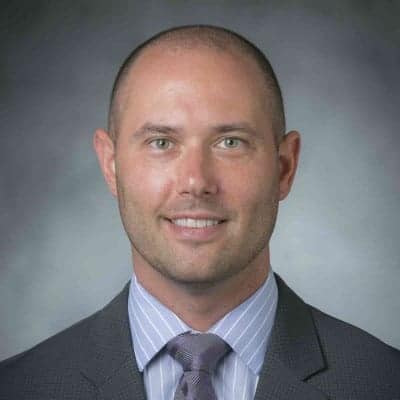
“Fungal toxins are present in the environment, especially in farm settings. Molds thrive on animal feed, grains, etc., and can produce toxins” Dr. Iliev explained. “The agricultural and animal industries’ heavy use of pesticides and antifungal agents has contributed to antifungal drug cross-resistance.” He posed the possibility that fungal microorganisms could become more resistant to treatment, and that this could vary between cancer types.
Dr. Verma’s list of cancer-related risk factors for people in rural communities and Dr. Iliev’s context around carcinogens with industrial and agricultural sectors help explain why rural areas can experience higher rates of cancer. However, this is still a subject that requires nuanced examination to fully unpack.
“To understand how to best serve rural populations we need to layer on an understanding of ancestry, socio-economic structure, cultural values, and geography,” Dr. Lund emphasized. “This requires multidisciplinary teams of clinicians, basic and population health scientists and community outreach professionals.” She said that once this web of information is more fully understood, clear courses of action must be communicated in a practical and reasonable way.
The answer is never as simple as a single cause or solution. Certainly, environmental factors may play a role, but cities don’t necessarily afford ‘clean living.’ As with many of these risks, ‘rural’ likely reflects a surrogate for more predictive factors, such as socioeconomic and education differences.”
–Dr. Peter Fecci, CRI Arash Ferdowsi Lloyd J. Old STAR
CRI-funded scientists and patient advocates often point back to one scientific truth: that clinical trials are the greatest tool in immunotherapy’s arsenal regarding advancing treatment and saving more lives. The rigorous science practiced in clinical trials gives cancer patients access to innovative, precise treatments. More people are alive today from a greater number of cancer types because of the progress that has been made in clinical trials in recent years. There are numerous ongoing trials across the world, and CRI can help make the search process easier through its online Clinical Trial Finder feature. This can help patients and caregivers navigate through the treatment journey and find a suitable clinical trial.
Just as immunotherapy is a treatment that can be tailored to the needs of an individual patient, so too will be the solutions for high cancer rates in rural communities. There are socio-economic, geographic, cultural, and other factors that require a multidisciplinary approach to tackle this complex issue. By addressing barriers to treatment, communicating with transparency and trust, and further unpacking the reasons for higher cancer incidence in rural areas, we can all do our part to create a world immune to cancer.

